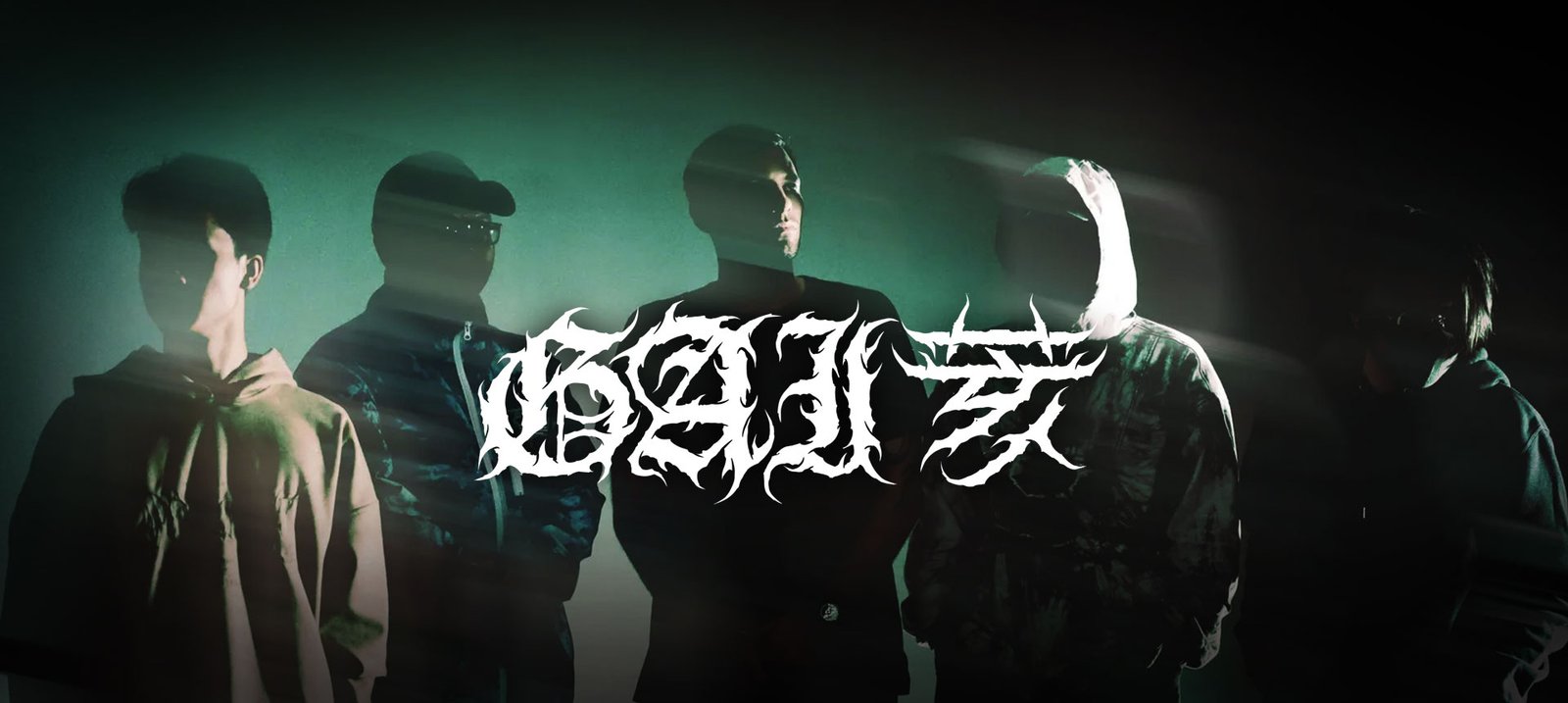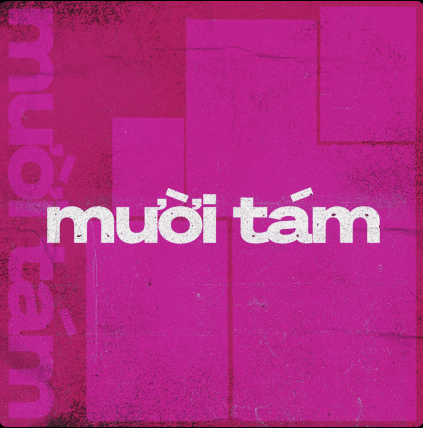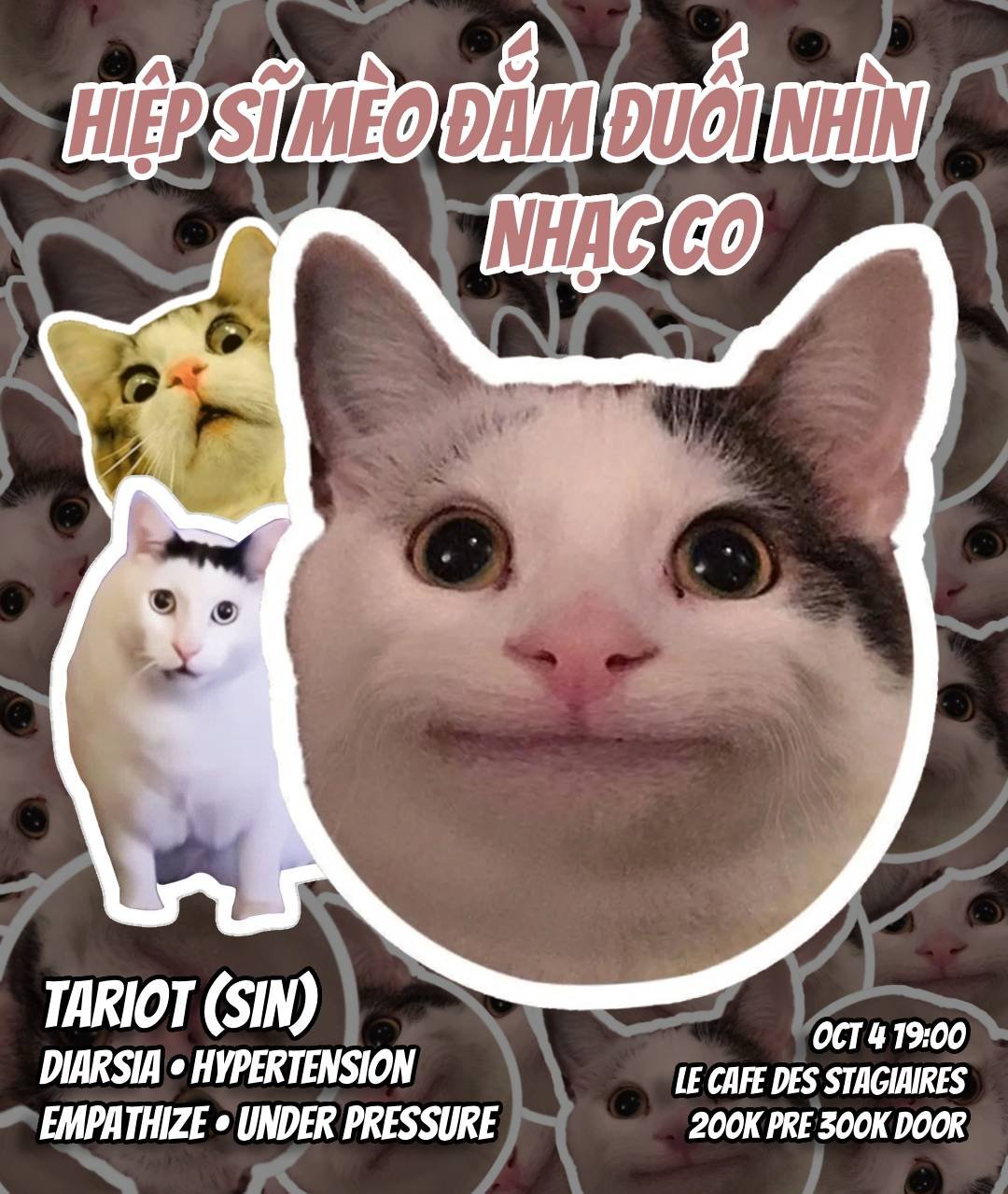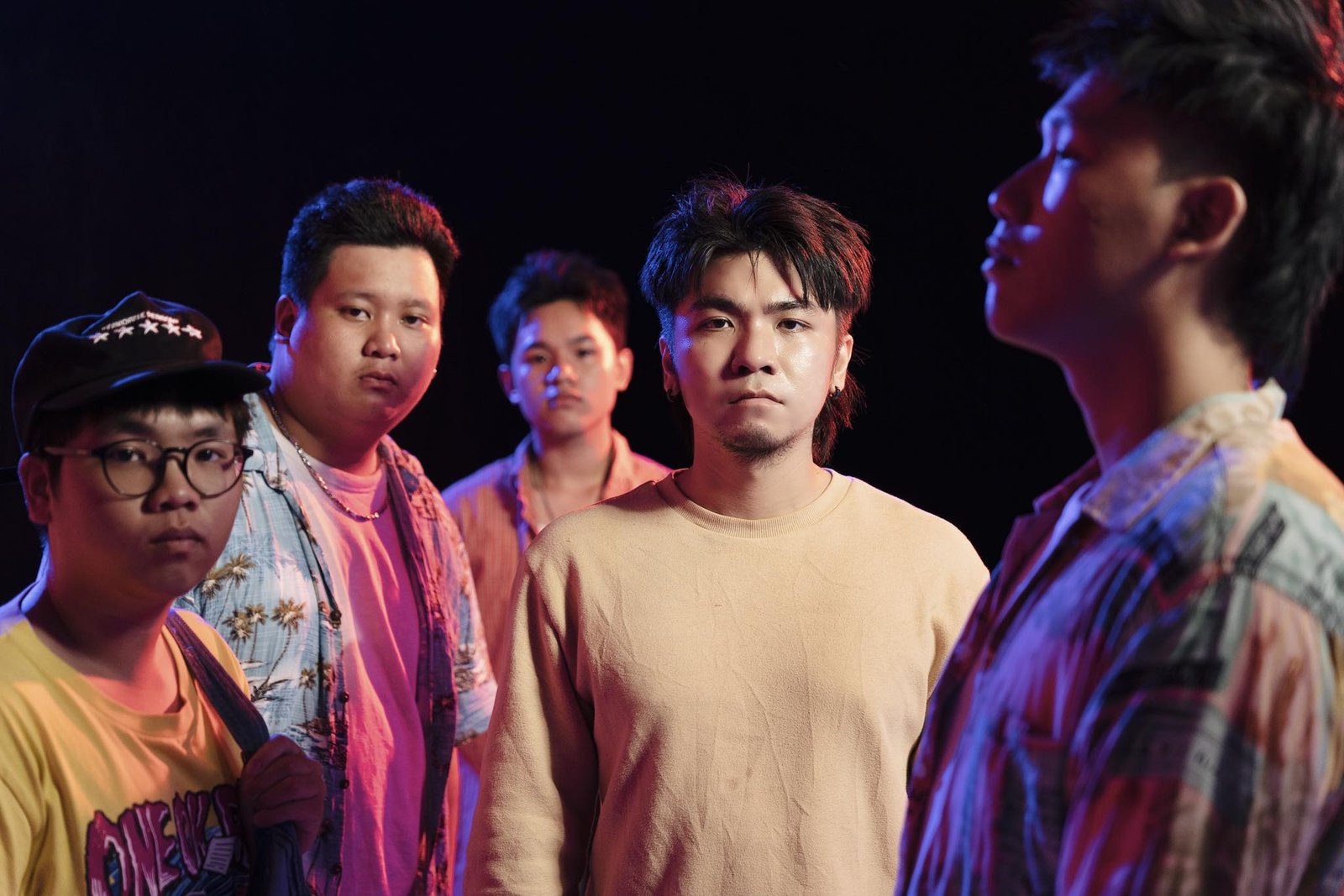GAI has been a quiet storm brewing in Hanoi’s underground since their formation years ago. After a long hiatus, the “nü-deth” roared back last year, dropping singles, videos, and finally a full-length debut album, crowdsourced and crafted across continents. With main composer Tony working remotely and a team that wears every hat from songwriting to video directing to marketing, GAI embodies the modern DIY ethos, turning a passion project into a globally noticed act in record time. We sat down with the band to talk about their origins, how Liam “saved” the band, building a visual identity as strong as their sound, and what it takes to rise from a small scene and make noise worldwide.
The Return of GAI
Ethos:
Let’s start at the beginning—GAI has been around for a while, but after a long pause, you returned last year with full force. What caused the initial break, and what made you decide it was time to come back?
GAI:
Basically COVID happened, we all focused on our own lives, then our old vocalist and other guitarists moved away or were busy with other projects. It was a series of unfortunate events. Then a Liam appeared and literally saved the band.
E:
How do you think that gap influenced your current sound and direction?
G:
It definitely made us take the whole project a lot more seriously this time around. A lot of the tracks on the recent record were actually written way back when we first started, so the sound hasn’t changed a lot. However, this time we got a lot of talented friends that helped us bring our vision to life.
E:
What are the biggest differences you see in Hanoi’s (Vietnam’s) music scene between when GAI first started and now?
G:
The infrastructure is a lot better. Better studios, rehearsal spaces, venues. With HRC closing down though, it’s a huge loss for Hanoi. Hopefully they will come back soon. Having said that, there seems to be a lot of young people expressing an interest in extreme music so hopefully this bodes well for the next wave of metal/hardcore bands.
E:
Liam joined as the only non-Vietnamese member and the lyricist for the band. How did that collaboration come about, and how has his presence influenced GAI’s creative direction?
G:
We needed a vocalist and Liam was available. He recorded over some old demos and it almost felt like the band picked up right where we left off. Again, Liam literally saved the band.
E:
Since he’s crafting the lyrics, how do you ensure that the emotional intent matches the musical expression, especially across language and cultural backgrounds?
G:
Liam writes from the heart and his words are authentic. That is all that matters when it comes to our music.
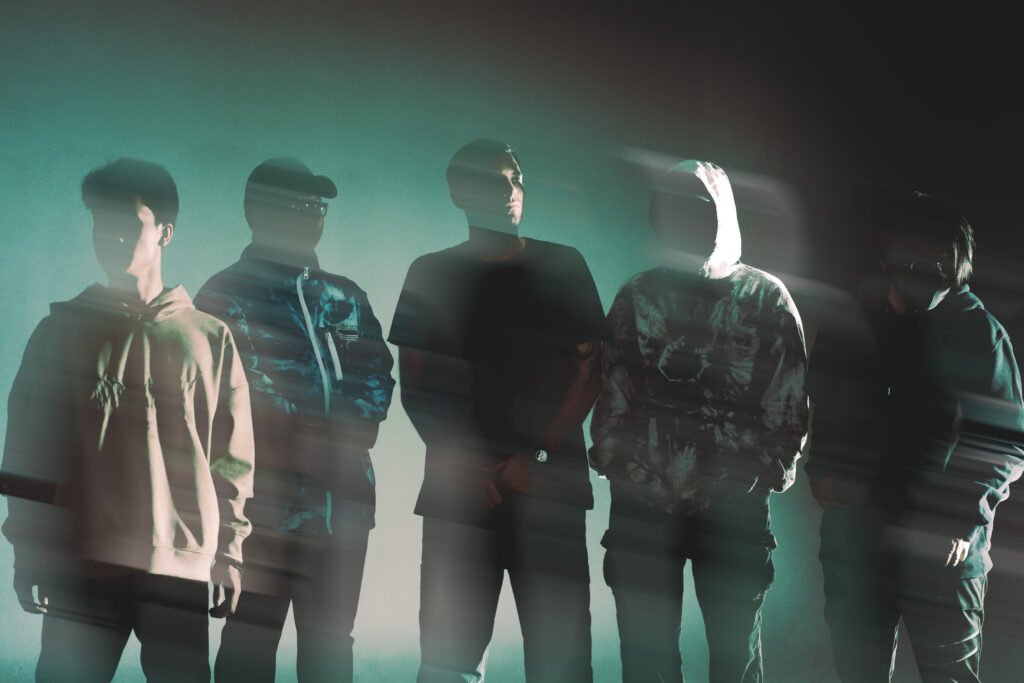
Remote Collaboration, Global Vision
E:
Your debut album features contributions from notable figures. How did those collaborations come to life?
G:
The internet is a beautiful place where you can connect with a lot of talented people.
E:
What was it like working with producers and engineers from multiple countries? Did it challenge your expectations or push you in new directions?
G:
This band thing is about collaboration so we’re stoked to have the chance to work with talented friends around the world to bring our vision to life. With every track, there is a lesson to be learned.
Building a Brand in the Digital Age
E:
GAI has one of the strongest content strategies we’ve seen: videos, teasers, visual drops, and great social media presence. Who’s behind all of that? Your visual identity—from album art to merch—is very cohesive and intentional. Who leads the charge on this visual side, and how does it tie into the music?
G:
Tony steers the campaign but everybody’s got a role in the whole process. Luckily we all are able to do parts of the directing, video editing, graphic design, etc. to make sure everything ties into the music. Everyone has their role and pulls their weight which is what makes GAI so enjoyable to be part of.
E:
Do you feel all this work outside of pure music creation pays off in the long run?
G:
Visuals are part of the project too so it definitely pays off. In this day and age, it would be silly not to focus on the aesthetic.
E:
Nearly every track you’ve released comes with a music video. Who’s ideating and producing all this?
G:
We produce and direct the videos ourselves, with the help of a few friends.
E:
Has this strategy of “single + video” leading up to the album helped your growth? Do you think it takes away from the surprise or impact of the full-length release?
G:
This is our debut album so we don’t have anything else to compare with. But dropping a surprise album could be something to consider in the future if it makes sense.
Rising Attention and International Appeal
E:
Over the past year, your music has been picking up serious attention internationally. How does that feel?
G:
We’re grateful to have fans around the world. Shout out to the internet.
E:
Does the imbalance of attention between international vs. local audiences ever feel disheartening? Do you feel overlooked by the Vietnamese scene?
G:
Those that are into it, are INTO it. But it’s just natural that this kind of music is not big in Vietnam. We’re seeing a lot more kids getting into our stuff so that’s a great sign. Happy to bring something different to the local scene.
E:
Do you think this might push GAI toward international touring more than playing locally?
G:
We still play a fair amount of local shows when there is a good offer, but if there’s more demand internationally then why not?
E:
Your Kickstarter campaign was a big success. How did it feel to see fans rally around the album like that?
G:
Fucken awesome! We’re grateful to have people all around the world help us with this campaign. To have that personal connection with people who genuinely connect with our music…It honestly doesn’t feel real.
E:
Would you consider crowdfunding again for future projects—be it a tour, videos, or another record?
G:
It’s definitely an option. There’s a lot of work on the logistical side of things which can be a bit of a headache so that will be something to consider but the end result is very helpful and a lot of bands seem to be heading this way.
Advice for the Next Generation
E:
Do you think younger bands should embrace this marketing-heavy approach, or should they focus more purely on the music?
G:
Focus on the music, and if you have the cash, hire someone to do the marketing. [That’s if you want your music to get heard. If not then obviously don’t bother with marketing. LMAO]
E:
If you had to recommend a balance, how should bands split their time between writing and promotion?
G:
If we had to recommend, then focus 100% on writing and pay for the promotion.
E:
A lot of new bands struggle to break through the noise. What advice would you give to artists who are still invisible but have something real to say?
G:
Who are we to give advice? Keep moving forward and being you.
E:
From your experience, what’s the best path forward for bands trying to build momentum and turn passion into something lasting?
G:
From our experience, the internet is a beautiful tool that we took advantage of to reach a global audience. However, our experience as a band from a small scene might be vastly different from other bands. Keep doing your thing.
GAI’s story is one of resilience, reinvention, and resourcefulness—an example of how bands today can break boundaries through creativity and grit. Whether through crowdfunding, remote collaboration, or killer visuals, they’ve proven that Hanoi’s heavy music scene has a place on the world stage. Their advice? Stay authentic, keep pushing, and let the internet work its magic.

